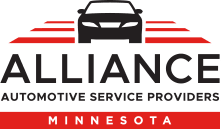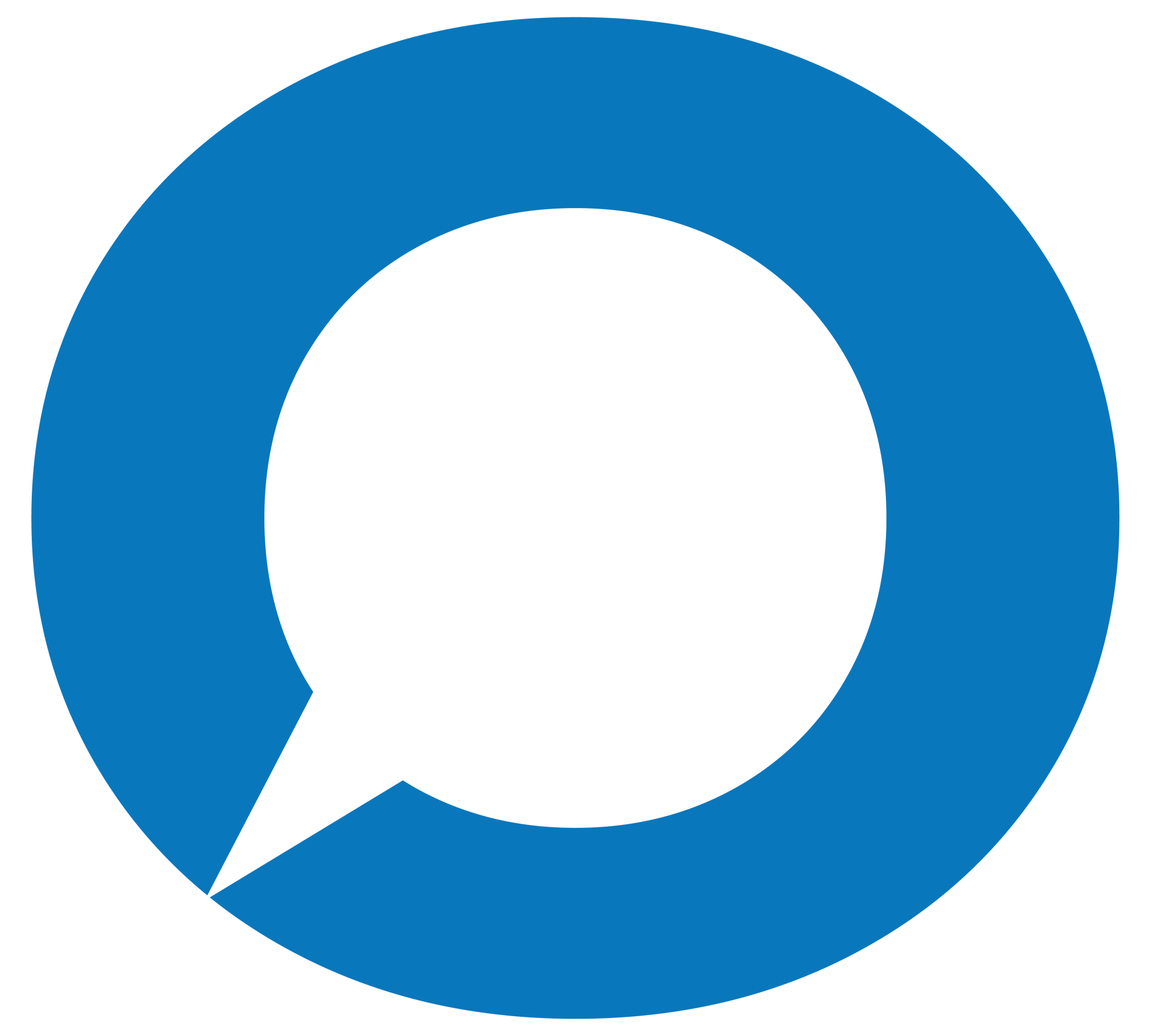Collision Repair in Minnesota: What Should You Be Doing?
A MESSAGE FROM AASPMN

Shannon Christian, AASPMN Collision Division Director
As a collision repair professional in Minnesota, your role goes beyond fixing vehicles - you’re also a key advocate for your customers’ rights. Understanding the landscape around appraisal rights, arbitration, OEM procedures, customer decision-making and the cost of doing business is essential for protecting your shop’s integrity and ensuring vehicles are repaired safely and correctly.
We all understand that we need work in the door to be profitable. With that said, the days of undercutting, lowballing and rate dropping need to disappear. Our big red insurance company just lowered rates in many areas of the state and across the country, but guess what…you let them. All the estimate matching, rate concessions, adjustments... well, that all works in their favor. We need to write fair, honest, accurate repair assessments and stick with them. We are the repair professionals and should retain professional judgement of how the vehicle needs to be repaired and what that cost is - that is, if you have the customer’s support and have explained everything to them. The current technology of new vehicles is vastly outpacing what insurance companies can keep up with. If you are not educated and prepared, then how do you help your customer?
When insurers undervalue repairs or push for total loss declarations, the Right to Appraisal (RTA) can be a powerful tool for your customer. Minnesota-written insurance policies often include this clause, allowing both parties to appoint independent appraisers when there’s a dispute over repair costs. You can support your customer in invoking appraisal to challenge incomplete insurance estimates. The customer must be the one to exercise this policy right if it is part of their policy. You, as the shop, can support them with accurate estimates, referrals to quality independent appraisers and by being transparent about the process. Ensure your estimates are well-documented and based on OEM procedures to strengthen your position. Collaborate with qualified appraisers who understand structural and safety-critical repairs. I invite you to actually read through several auto insurance policies to see what the fine print states. This, by no means, makes you an expert in policy interpretation, but knowing what is in most policies can be helpful when talking with your customers.
Minnesota’s arbitration system, managed by the American Arbitration Association (AAA), offers a streamlined way to resolve disputes with insurers. If you have read many insurance policies issued in Minnesota, you would probably find this in most of them. This is especially useful when insurers refuse to pay for necessary procedures or parts. Educate your team on how to assist customers in filing arbitration claims. There is training available from industry professionals all over the country, and we have local public adjusters who are familiar with this process. You can attend training virtually or in-person, or have an industry professional come on site and present directly to your team. Maintain detailed records of repair procedures, communications and insurer responses. Consider working with legal counsel, industry advocates or public adjusters familiar with Minnesota’s arbitration process.
Minnesota supports the use of OEM repair procedures and parts, especially when safety is at stake. Insurers may attempt to substitute aftermarket parts or shortcut repairs, but you are not obligated to comply if it compromises vehicle integrity. Be sure you are serving the right customer.
It seems like every day I am reviewing an estimate from a customer that went to a preferred shop but now chose to come to my shop. No one asked the customer what parts they preferred, but all aftermarket and LKQ were selected. No one asked the customer if they preferred mandatory safety inspections, but they were omitted in the estimate. No one asked the customer if they preferred OEM procedures be followed and they were not, based on the estimate written. Preferred shops will eventually mean nothing if you don’t have preferred customers.
A few key points to consider: speak with the customer and find out how they want the vehicle repaired; parts, procedures, calibrations, paint, etc. Follow OEM guidelines and document the repairs. Use estimating systems as a guide; that is all they are. Estimating systems were designed as a guide for labor studied times on new vehicles, with new undamaged panels. When was the last time you worked on a brand-new vehicle with all new undamaged panels during a collision repair? This process will involve manual line entries to accurately assess the scope of damage. Push back against insurer “caps” or refusals to pay for OEM-required steps. Your customer’s safety is non-negotiable. As repairers, it is our responsibility to know what is right, do what is right and involve the customer in their repair.
We all need to do better at understanding the cost of doing business. How many price increases have been released in the last five years on refinish products, allied supplies and body supplies? Did you recalculate your cost of doing business at the time? Did you just eat the difference? Are you charging for what you use? Are you accepting what you are told? If the latter is true, you are the problem. Is a car cover really $3? Has your cost of labor risen in the last few years? Do you have a door rate that doesn’t match what you bill insurance companies? Does your rate and what you charge for vary based on which insurance company it is? Does your final bill match what was completed? These are all questions that you need to ask yourself. Why should the repair cost vary on my vehicle just because of my insurance company? The repair cost should be based on the procedures required to properly repair the car, regardless of who the bill payer is. Why, as a shop, would you be willing to charge your customers full rate, but give the billion-dollar insurance companies a break?
A conversation that occurred this morning has me wondering…The following statements were made: “You over-repair cars,” “You make it harder for the rest of us to get paid for what is needed,” and “Not every car needs a scan or calibration.” When I reflect on the conversation, I can see that person’s point of view, at least for a moment. A few questions come to mind: Where were they educated on collision repair? How up-to-date is their training on modern repair methods and technology? When have they reviewed OEM procedures? What training have they attended for negotiation and/or customer communications? Is this person aware that most vehicle manufacturers have at least a position statement on pre- and post- scanning? After a bit of reflection, my response is quite simple.
You are under-repairing cars by not following manufacturers’ procedures. If you billed for what was required, it would help the industry and your customers versus your insurance partner. Your views of scanning and calibration requirements are dead wrong. Perhaps you should find a new line of work before someone gets hurt.
Minnesota law prohibits insurers from steering customers to specific shops or adjusting estimates without proper inspection. How many shops have had their customers file a complaint with the Department of Commerce when this occurs? Honest answer: Very few, because it involves time, work and customer involvement. Did you ever think that if nothing is reported, then in the eyes of the Commerce Department, there is no problem?
As a shop owner, you must ensure customers are fully informed and empowered to make decisions. Clearly explain repair options, costs and implications to customers. Avoid any practices that could be seen as coercive or misleading; leave that to the claims folks. Encourage customers to retain control over their claim and repair decisions. There are too many times that I have been told, “They just had me drop it off and called me when it was done. I have no idea what they did.” Nor did they even receive a final bill on what was completed.
Insurers attempt to direct repairs, limit costs or override your professional judgment every day. Your responsibility is to advocate for proper repairs and ensure customers are not misled or pressured. You and your staff need to be trained to handle insurer pushback both professionally and assertively. This will not happen when the big picture goal of most shops is “insurance partner.” Our industry needs to do better by building relationships with customer advocates and legal experts. It is paramount that customers are educated about their rights and the importance of safe and proper repairs.
Collision repair in Minnesota is not just about restoring vehicles; it’s about restoring trust, safety and fairness. By understanding and leveraging consumer rights around appraisal, arbitration, OEM procedures, customer advocacy and your cost of doing business, you can protect your shop’s reputation and ensure every vehicle is repaired to the highest standards. That is, manufacturer’s standards; not insurance company standards.

